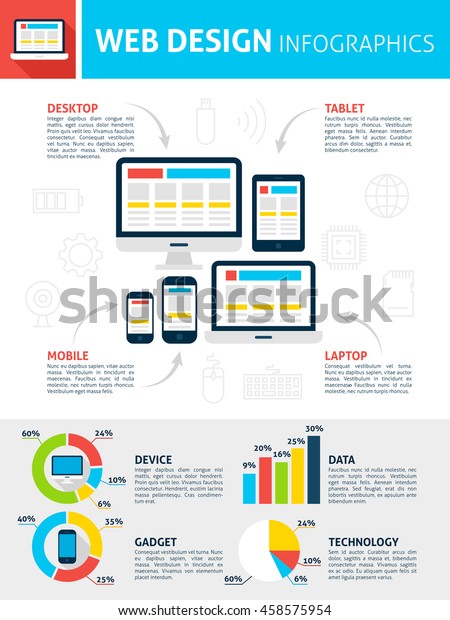Interested In Finding Out Just How Website Design Has Changed Throughout The Years? Explore The Trip
Interested In Finding Out Just How Website Design Has Changed Throughout The Years? Explore The Trip
Blog Article
Material Writer-Thorsen Trolle
In the past, internet sites were easy and concentrated on information. Navigating was direct, and style was for desktops. Currently, user experience is vital. Information overviews layouts for simple navigation. Responsive designs match different devices. Today, dark setting lowers stress, and minimal food selections improve navigation. https://www.google.com/maps/place/Moon+and+Owl+Marketing/@32.9757271,-106.5344695,1840583m/data=!3m1!1e3!4m6!3m5!1s0x864ddeaa4179705b:0x488d41d2cc6b9750!8m2!3d32.9757271!4d-97.5696258!16s%2Fg%2F11b6mpccrg?entry=ttu&g_ep=EgoyMDI1MDIxMS4wIKXMDSoJLDEwMjExNDUzSAFQAw%3D%3D involve individuals, and bold visuals stick out. AI combination enhances engagement. See exactly how style has actually developed to enhance your on-line journey.
Early Days of Website Design
In the early days of website design, simpleness preponderated. Sites were fundamental, with minimal colors, fonts, and designs. The emphasis was on supplying details instead of fancy visuals. Users accessed the internet via slow-moving dial-up links, so speed and performance were essential.
Navigation food selections were straightforward, usually located on top or side of the web page. Read More On this page were made for desktop, as mobile browsing wasn't yet prevalent. Material was king, and designers prioritized very easy readability over complex design aspects.
HTML was the primary coding language utilized, and designers had to work within its constraints. Animations and interactive functions were minimal contrasted to today's criteria. Internet sites were fixed, with little vibrant content or customized customer experiences.
Rise of User-Focused Layout
With the advancement of site style, a shift towards user-focused design principles has become progressively famous. Today, creating sites that focus on individual experience is crucial for engaging visitors and achieving business objectives. User-focused design includes understanding the demands, preferences, and actions of your target market to customize the website's design, web content, and features as necessary.
Designers currently carry out detailed research study, such as user surveys and functionality screening, to gather understandings and comments directly from individuals. This data-driven method helps in producing user-friendly navigating, clear calls-to-action, and aesthetically appealing user interfaces that reverberate with site visitors. By putting the user at the center of the style process, internet sites can deliver a more tailored and enjoyable experience.
Receptive layout has actually additionally become a vital facet of user-focused layout, guaranteeing that internet sites are optimized for numerous devices and screen dimensions. This versatility improves access and functionality, catering to the varied means individuals communicate with websites today. Essentially, the increase of user-focused layout represents a shift in the direction of creating electronic experiences that focus on the requirements and assumptions of the end user.
Modern Trends in Website Design
Check out the current trends forming website design today. One noticeable pattern is dark setting design, offering a sleek and modern-day look while reducing eye strain in low-light environments. Another vital pattern is minimal navigating, streamlining menus and boosting individual experience by focusing on essential elements. Incorporating micro-interactions, such as animated buttons or scrolling effects, can produce a much more interesting and interactive site. Receptive design remains important, making sure smooth individual experiences throughout numerous tools. In addition, utilizing strong typography and asymmetrical formats can add aesthetic interest and accentuate specific material.
Incorporating AI technology, like chatbots for consumer support or customized referrals, boosts user interaction and improves procedures. Availability has also come to be a significant fad, with designers prioritizing comprehensive style techniques to deal with diverse user requirements. Embracing sustainability by optimizing internet site efficiency for rate and efficiency is one more emerging fad in web design. Collaborating with individual responses and information analytics to iterate and boost style continually is important for remaining pertinent in the ever-evolving digital landscape. By embracing these modern fads, you can develop an aesthetically enticing, user-friendly internet site that resonates with your audience.
Verdict
As you assess the development of website layout from the very early days to now, you can see exactly how user-focused design has actually come to be the driving pressure behind modern patterns.
Welcome the journey of adjustment and adaptation in website design, always keeping the individual experience at the leading edge.
Remain present with the current fads and innovations, and never quit progressing your technique to produce aesthetically magnificent and user-friendly websites.
Progress, adapt, and create - the future of web design is in your hands.
